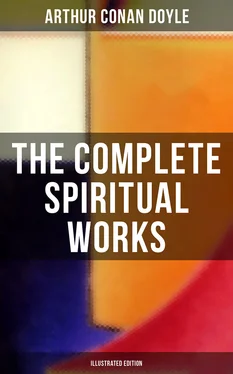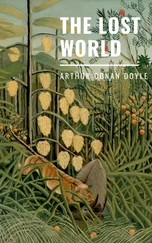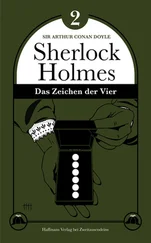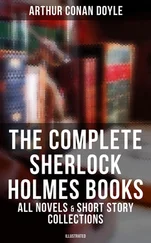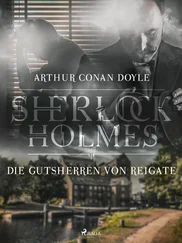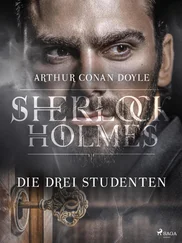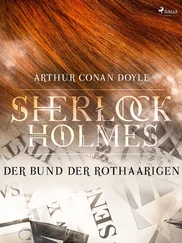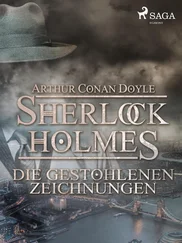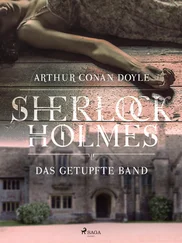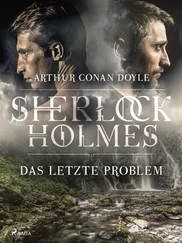The idea that these little creatures are occupied in consciously furthering Nature’s projects — very much, I suppose, as the bee carries pollen — is repeated by the learned Dr. Vanstone, who combines great knowledge of theory with some considerable experience, though a high development of intellect is, in spite of Swedenborg’s example, a bar to psychic perception. This would show, if it is correct, that we may have to return to the classical conception of something in the nature of naiads and fauns and spirits of the trees and groves. Dr. Vanstone, whose experiences are on the borderland between what is objective and what is sensed without being actually seen, writes to me: “I have been distinctly aware of minute intelligent beings in connection with the evolution of plant forces, particularly in certain localities; for instance, in Ecclesbourne Glen. Pond life yields to me the largest and best sense of fairy life, and not the floral world. I may be only clothing my subjective consciousness with unreal objective imaginations, but they are real to me as sentient, intelligent beings, able to communicate with us in varying distinctness. I am inclined to think that elemental beings are engaged, like factory hands, in facilitating the operation of Nature’s laws.” Another gentleman who claims to have this most remarkable gift is Mr. Tom Charman, who builds for himself a shelter in the New Forest and hunts for fairies as an entomologist would for butterflies. In answer to my inquiries, he tells me that the power of vision came to him in childhood, but left him for many years, varying in proportion with his own nearness to Nature. According to this seer, the creatures are of many sizes, varying from a few inches to several feet. They are male, female, and children. He has not heard them utter sounds, but believes that they do so, of finer quality than we can hear. They are visible by night as well as by day, and show small lights about the same size as glow-worms. They dress in all sorts of ways. Such is Mr. Charman’s account.
It is, of course, easy for us who respond only to the more material vibrations to declare that all these seers are self-deluded, or are the victims of some mental twist. It is difficult for them to defend themselves from such a charge. It is, however, to be urged upon the other side that these numerous testimonies come from people who are very solid and practical and successful in the affairs of life. One is a distinguished writer, another an ophthalmic authority, a third a successful professional man, a fourth a lady engaged on public service, and so on. To waive aside the evidence of such people on the ground that it does not correspond with our own experience is an act of mental arrogance which no wise man will commit.
It is interesting to compare these various contemporary and first-hand accounts of the impressions which all these witnesses have received. I have already pointed out that the higher vibrations which we associate with hot sunshine, and which we actually seem to see in the shimmer of noontide, is associated with many of the episodes. Apart from this it must be admitted that the evidence is on the whole irregular. We have creatures described which range from five inches to two and a half feet. An advocate of the fairies might say that, since the tradition has always been that they procreate as human beings do, we are dealing with them in every stage of growth, which accounts for the varying size.
It seems to me, however, that a better case could be made out if it were pleaded that there have always been many different races of fairyland, and that samples of these races may greatly differ from each other, and may inhabit varying spots; so that an observer like Mr. Tyrrell, for example, may always have seen woodland elves, which bear no resemblance to gnomes or goblins. The monkey-like, brown-clad creatures of my professional friend, which were over two feet high, compare very closely with the creatures which little Baring-Gould saw climbing on to the horses. In both cases these taller fairies were reported from flat, plain-like locations; while the little old-man type varies completely from the dancing little feminine elf so beloved by Shakespeare. In the experience of Mr. Turvey and Mr. Lonsdale, two different types engaged in different tasks were actually seen at the same moment, the one being bright-coloured dancing elves, while the other were the brown-coloured attendants who guarded them.
The claim that the fairy rings so often seen in meadow or marshland are caused by the beat of fairy feet is certainly untenable, as they unquestionably come from fungi such as Agaricus gambosus or Marasmius oreades, which grow from a centre, continually deserting the exhausted ground, and spreading to that which is fresh. In this way a complete circle is formed, which may be quite small or may be of twelve-foot diameter. These circles appear just as often in woods from the same cause, but are smothered over by the decayed leaves among which the fungi grow. But though the fairies most certainly do not produce the rings, it might be asserted, and could not be denied, that the rings once formed, whatever their cause, would offer a very charming course for a circular ring-a-ring dance. Certainly from all time these circles have been associated with the gambols of the little people.
After these modern instances one is inclined to read with a little more gravity the account which our ancestors gave of these creatures; for, however fanciful in parts, it still may have had some core of truth. I say “our ancestors,” but as a matter of fact there are shepherds on the South Downs to this day who will throw a bit of their bread and cheese over their shoulders at dinnertime for the little folks to consume. All over the United Kingdom, and especially in Wales and Ireland, the belief is largely held among those folks who are nearest to Nature. First of all it was always supposed that they lived within the earth. This was natural enough, since a sudden disappearance of a solid body could only be understood in that way. On the whole, their description was not grotesque, and fits easily into its place amid the examples already given. “They were of small stature,” says one Welsh authority, quoted in Mrs. Lewes’s Stranger than Fiction, “towards two feet in height, and their horses of the size of hares. Their clothes were generally white, but on certain occasions they have been seen dressed in green. Their gait was lively, and ardent and loving was their glance. . . . They were peaceful and kindly among themselves, diverting in their tricks, and charming in their walk and dancing. ” This mention of horses is somewhat out of the picture, but all the rest seems corroborative of what has already been stated.
One of the best of the ancient accounts is that of the Rev. R. Kirk, who occupied a parish at Monteith, on the edge of the Highlands, and wrote a pamphlet called The Secret Commonwealth, about the year 1680. He had very clear and definite ideas about these little creatures, and he was by no means a visionary, but a man of considerable parts, who was chosen afterwards to translate the Bible into Erse. His information about fairies tallies very well with that of the Welshman quoted above. He slips up in imagining that flint arrow-heads are indeed “fairy-bolts,” but otherwise his contentions agree very well with our modern instances. They have tribes and orders, according to this Scottish clergyman. They eat. They converse in a thin, whistling sort of language. They have children, deaths, and burials. They are fond of frolic dancing. They have a regular state and polity, with rulers, laws, quarrels, and even battles. They are irresponsible creatures, not hostile to the human race unless they have reason to be angry, but even inclined to be helpful, since some of them, the brownies, are, by universal tradition, ready to aid in the household work if the family has known how to engage their affection.
Читать дальше
